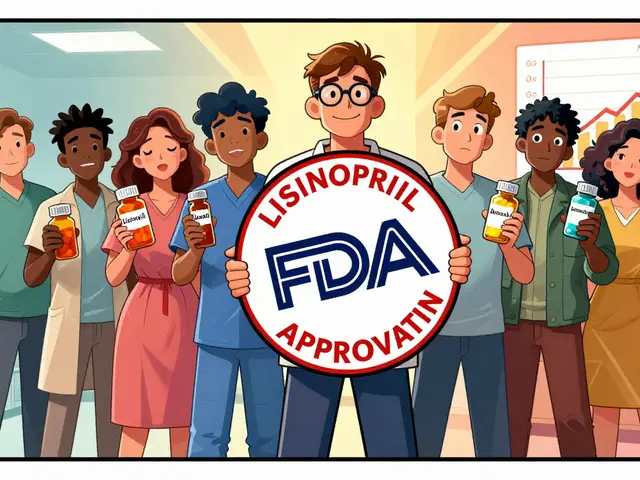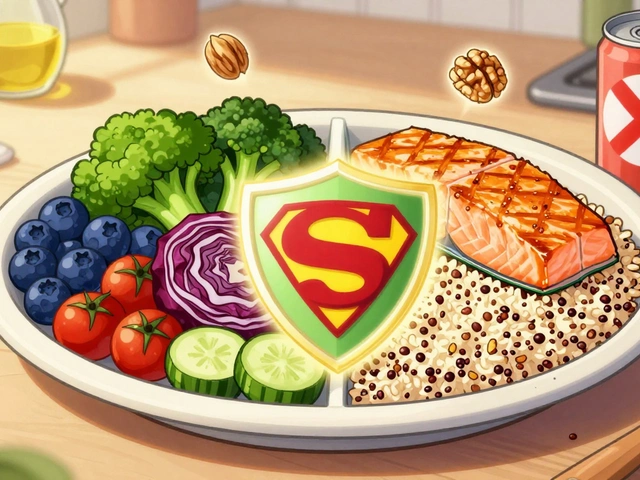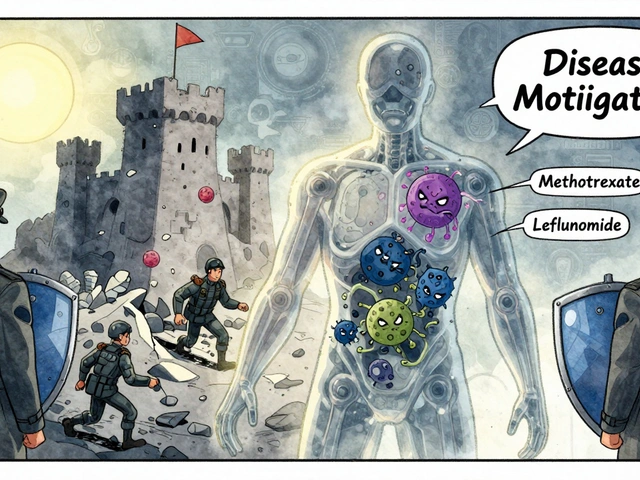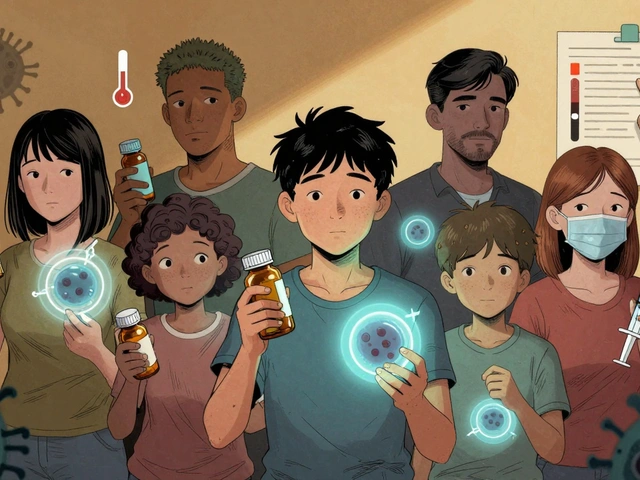Trigeminal Neuralgia: How to Spot It, Treat It, and Stay Safe
Trigeminal neuralgia causes sudden, severe facial pain that feels like an electric shock. It often hits one side of the face, triggered by simple things—brushing teeth, talking, or a cool breeze. If you’ve had brief, stabbing pain in the cheek, jaw, or around the eye, this guide will help you understand what to do next and how to manage medications safely.
What to look for and why it happens
Key signs: very sharp, short bursts of pain; attacks that come and go; pain limited to areas served by the trigeminal nerve (forehead, cheek, jaw). Between attacks many people feel okay, but the fear of the next shock can be draining. Causes include blood vessel pressing on the nerve, nerve injury, multiple sclerosis, or unknown reasons. A neurologist will usually confirm the diagnosis with your story and an MRI to check for nerve compression or other issues.
Treatment options that actually help
Medication is the usual first step. Carbamazepine and oxcarbazepine are the most common and often work well to reduce pain attacks. Alternatives include gabapentin, pregabalin, or baclofen if those don’t help or cause side effects. Watch for drowsiness, dizziness, or blood test changes—your doctor should monitor you.
If drugs don’t control the pain or side effects become too heavy, procedures can help. Microvascular decompression relieves pressure on the nerve and can give long-term relief. Less invasive options include radiofrequency ablation, glycerol injections, or stereotactic radiosurgery. Each has trade-offs — talk with a surgeon who treats trigeminal neuralgia often.
Simple daily steps make a difference. Keep a pain diary to track triggers and what helps. Use gentle oral care and warm, soft foods during flare-ups. Stress, cold air, and jaw movement can set off attacks—identify and avoid your triggers where possible.
Because Safe-Pills.com focuses on safe medication use, here are practical pharmacy tips. Always get a prescription from a qualified clinician for nerve pain drugs. Buy from licensed pharmacies—look for clear contact info and pharmacist access. Be cautious of wildly cheap pills or sites that don’t require a prescription. If ordering online, verify accreditation, read recent reviews, and choose tracked shipping.
When to seek urgent help: if pain suddenly worsens, you get weakness or numbness beyond typical trigeminal zones, or new symptoms like confusion or high fever. These can mean something other than trigeminal neuralgia and need prompt attention.
Trigeminal neuralgia can be terrifying, but many people find significant relief with the right medicine or procedure. Start with a clear description of your attacks, get imaging if recommended, and work with a neurologist or pain specialist. And when you need meds, pick safe, regulated pharmacies so your treatment helps without extra risks.

Nerve Blocks and Injections for Trigeminal Neuralgia: Effective Pain Relief Options Explained
This article breaks down how nerve blocks and injections are used in treating trigeminal neuralgia, a stubborn kind of facial pain. You'll find trustworthy info on how these treatments work, what you can expect, and tips for those considering this route. Got questions about side effects, success rates, or alternatives? All that is covered, along with data and practical advice. Perfect for anyone looking for real solutions to trigeminal neuralgia pain.
View More




